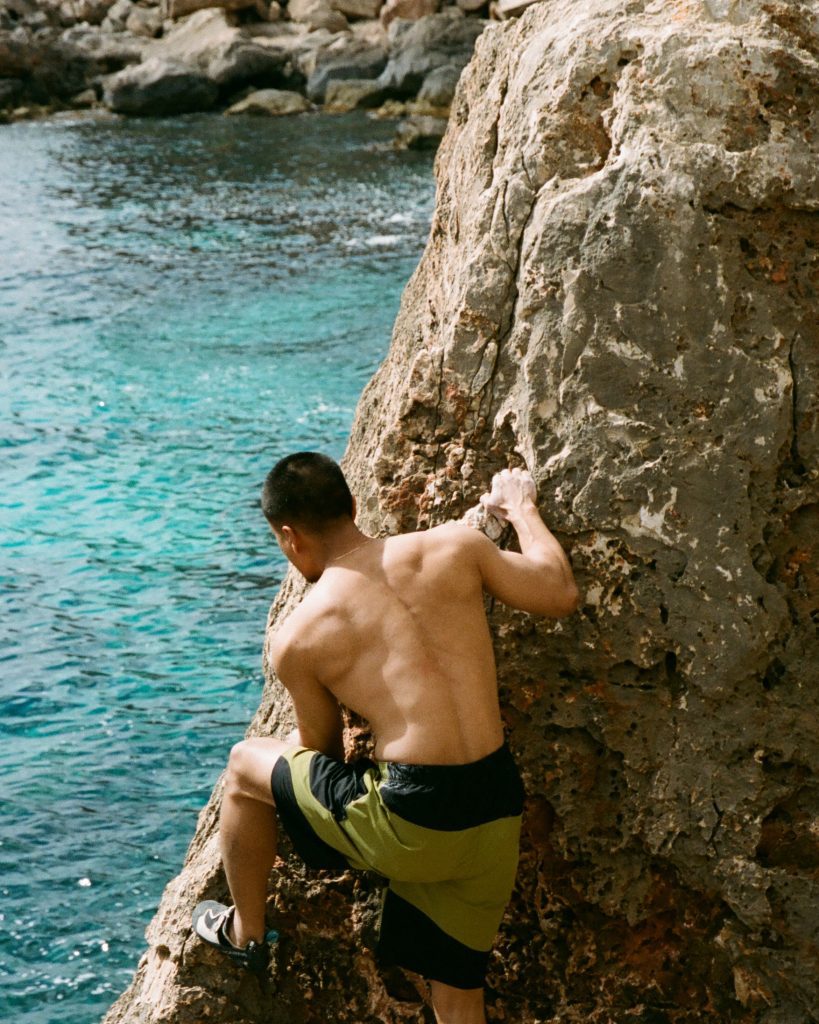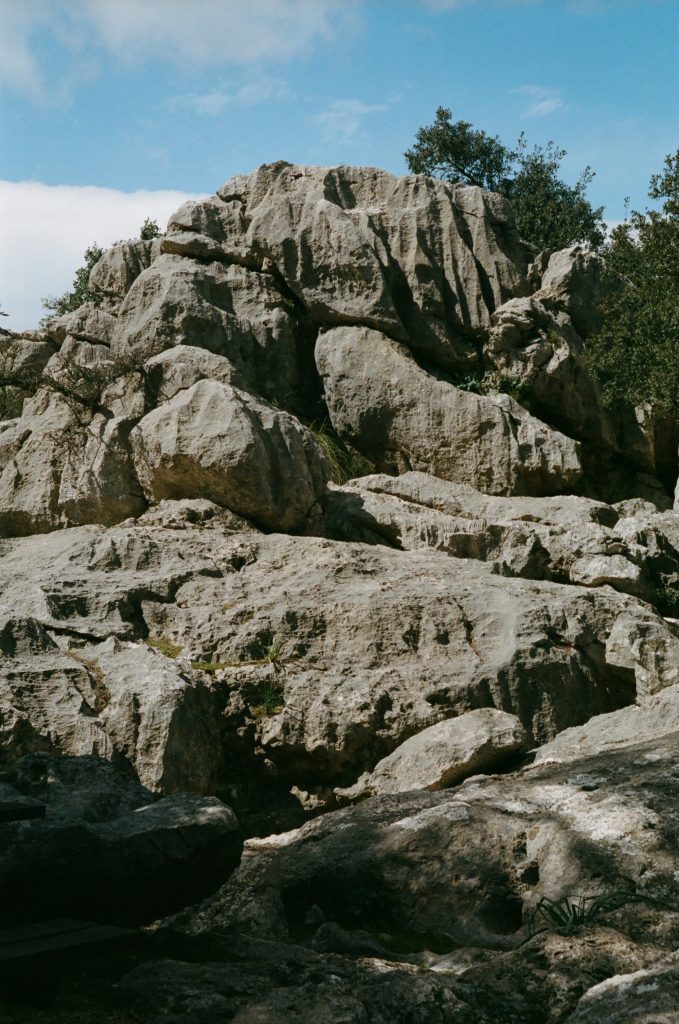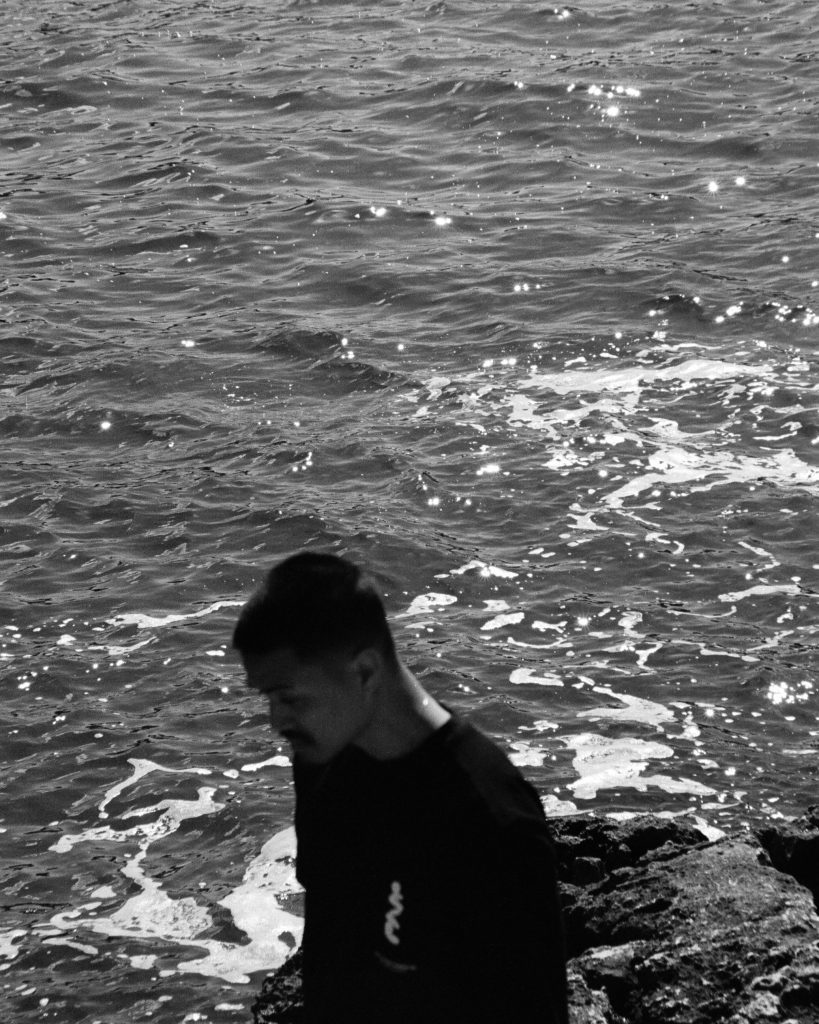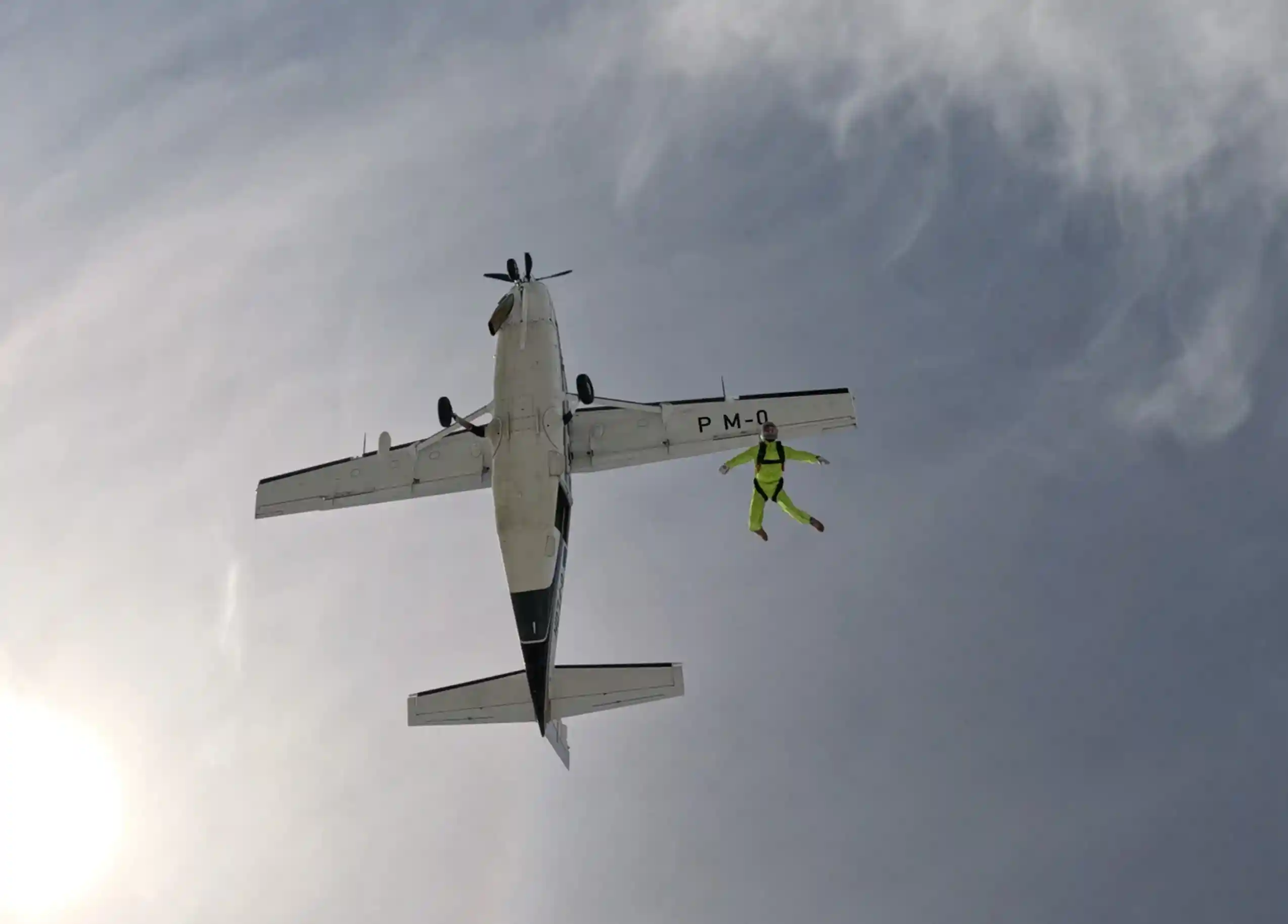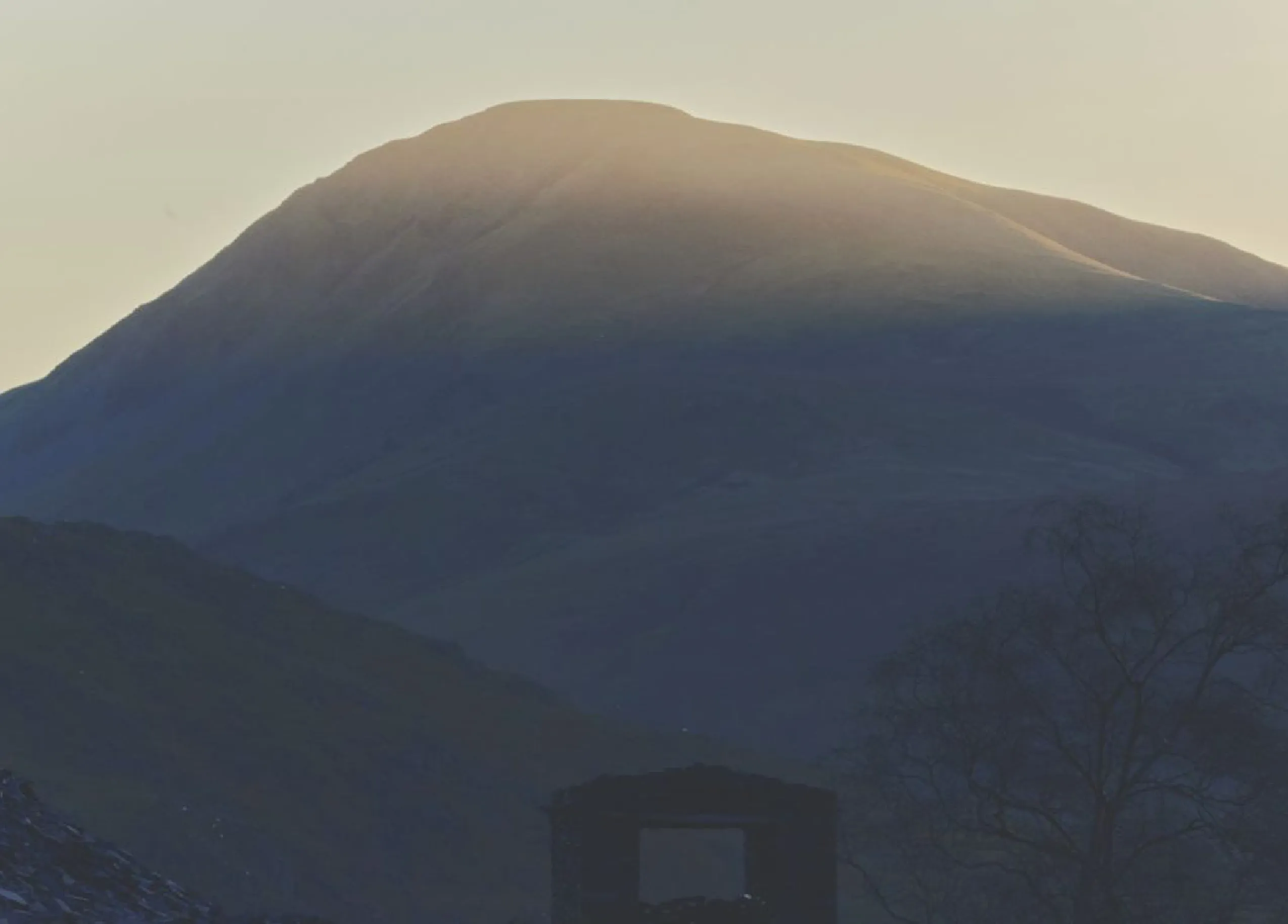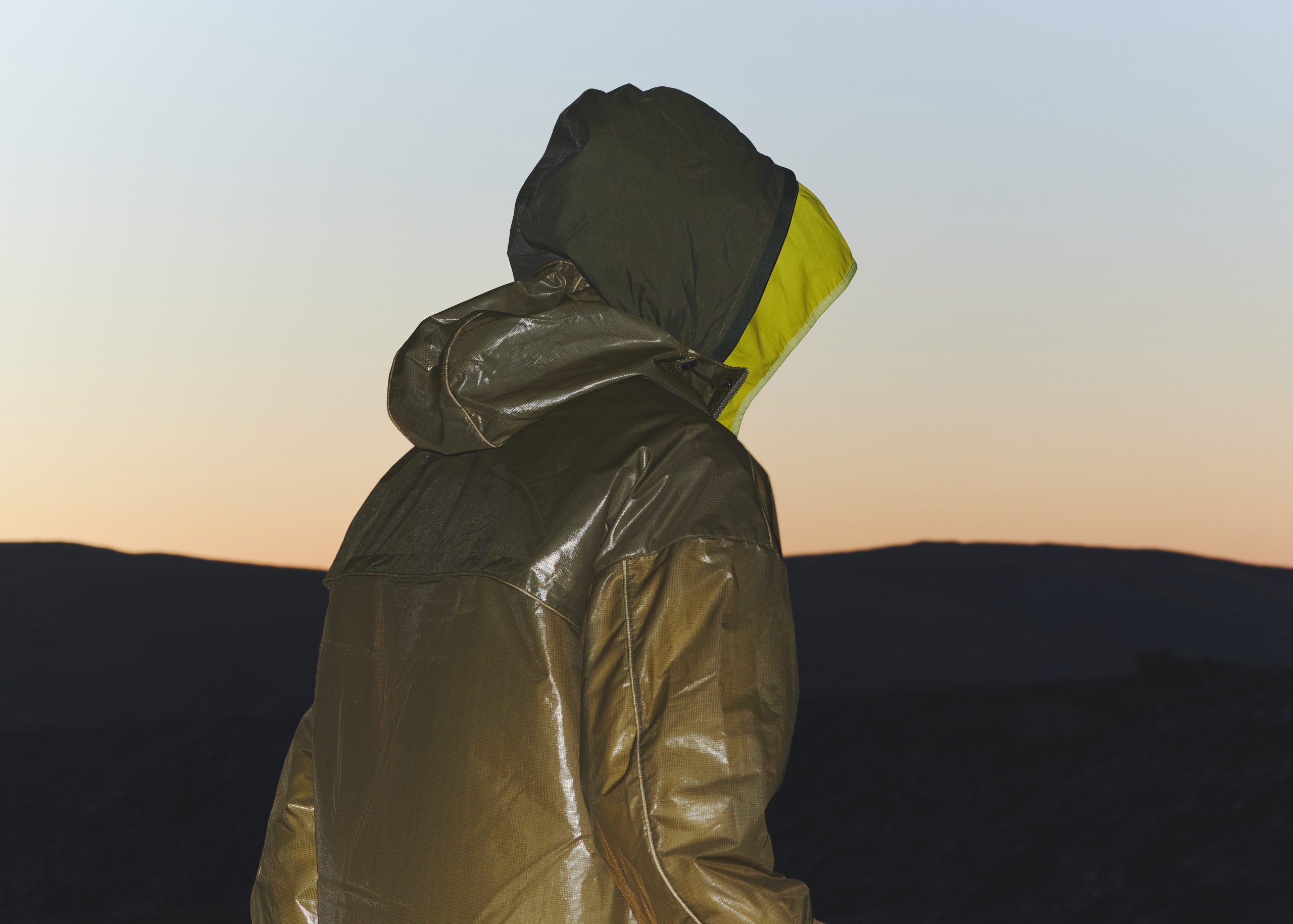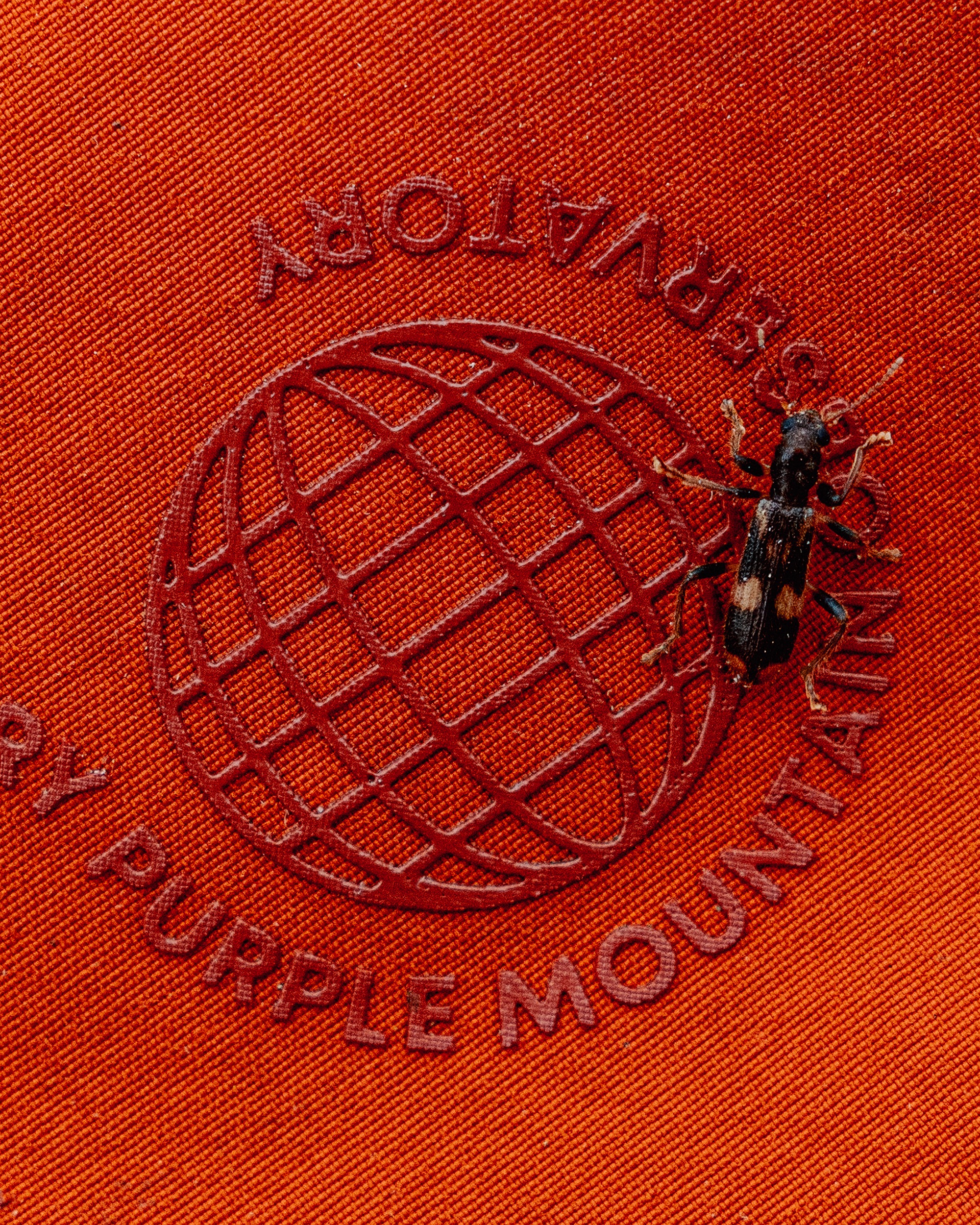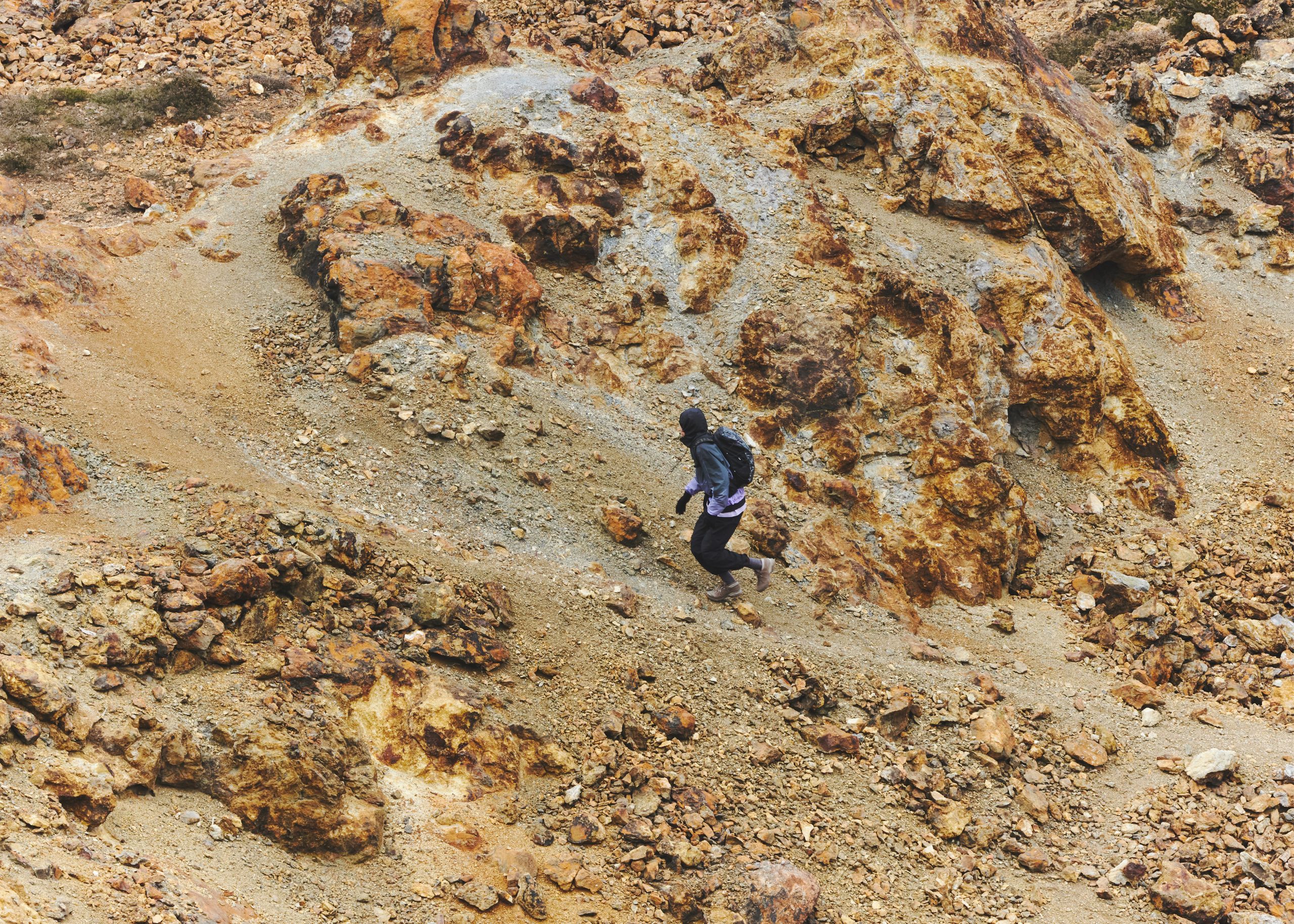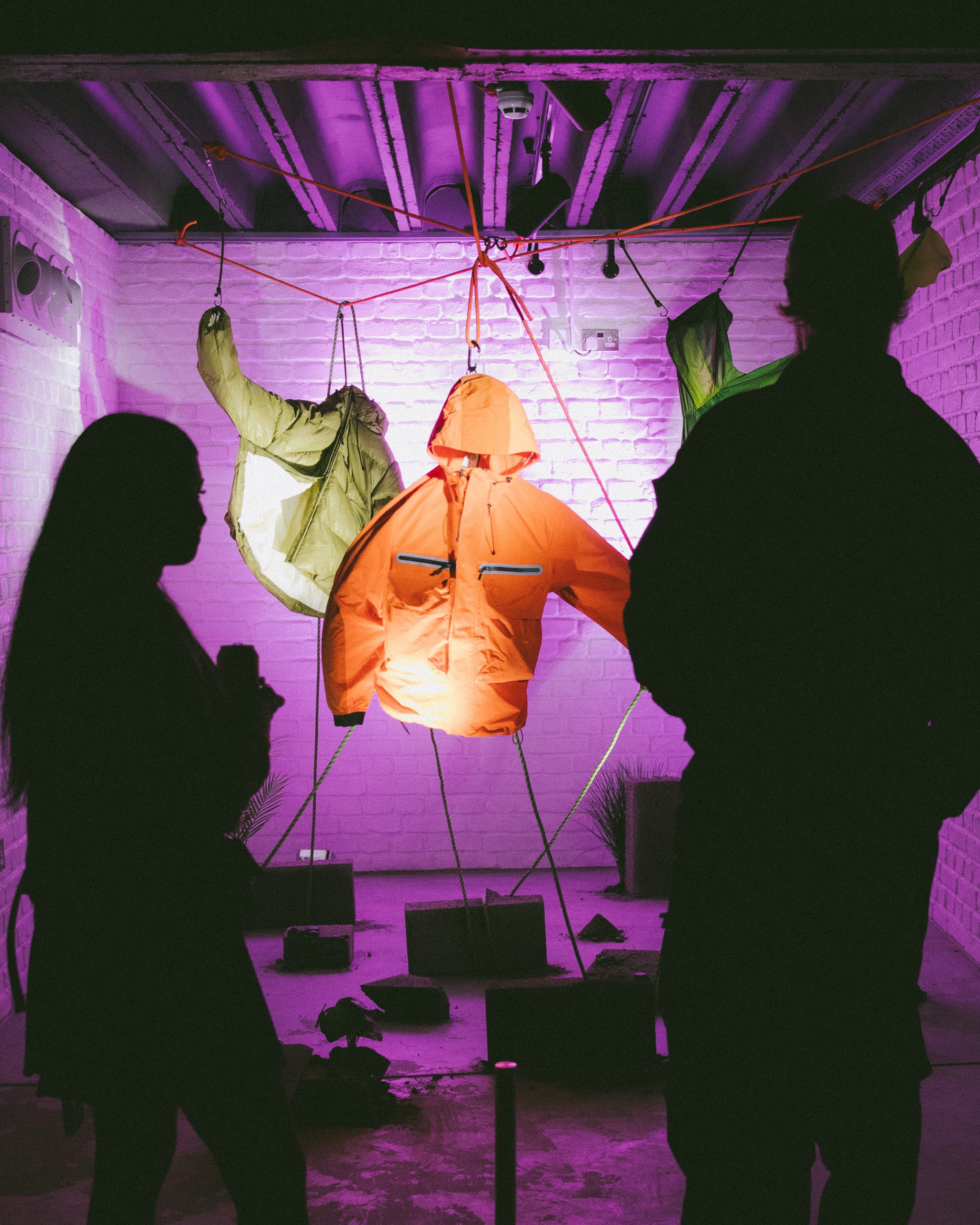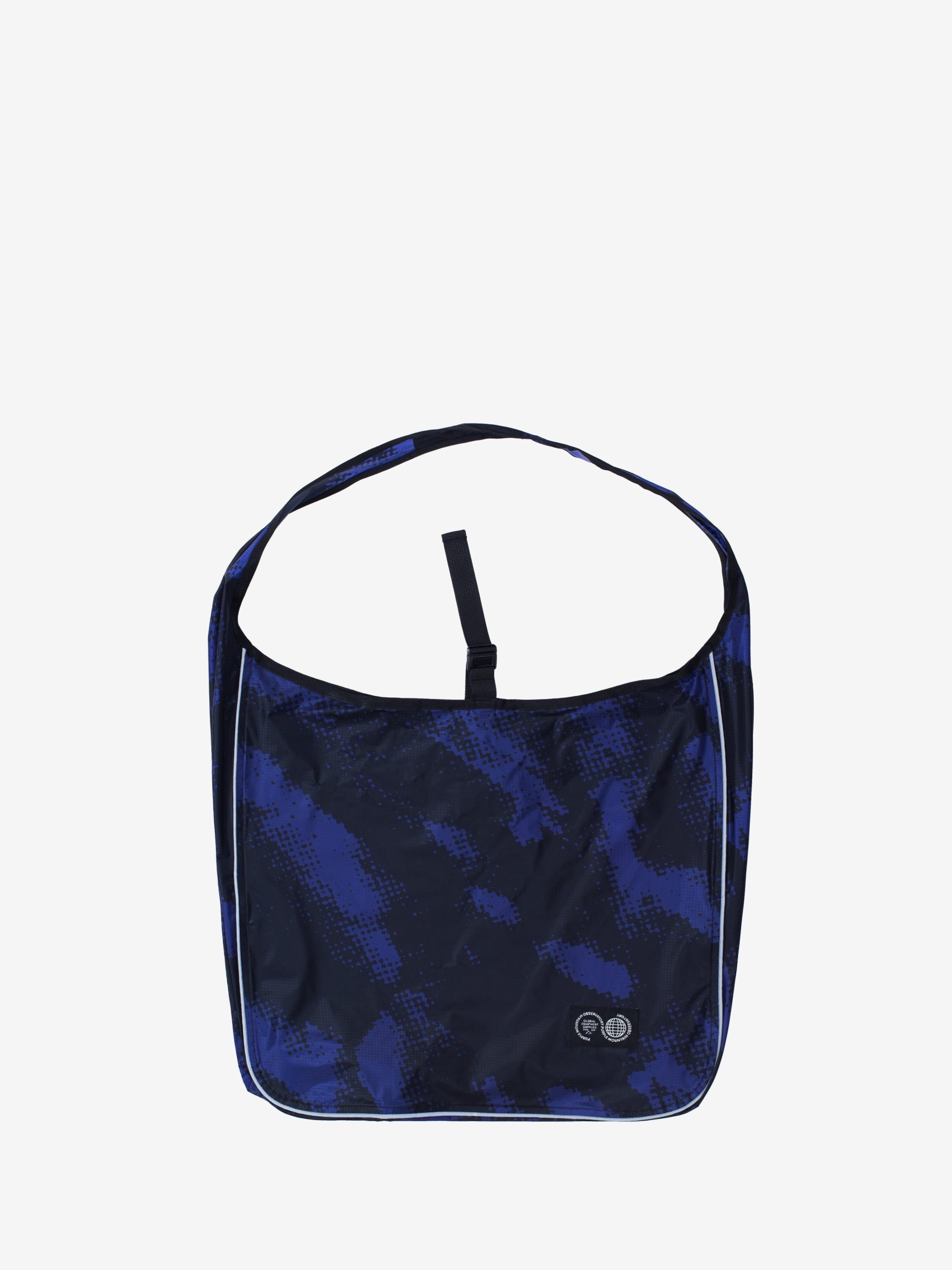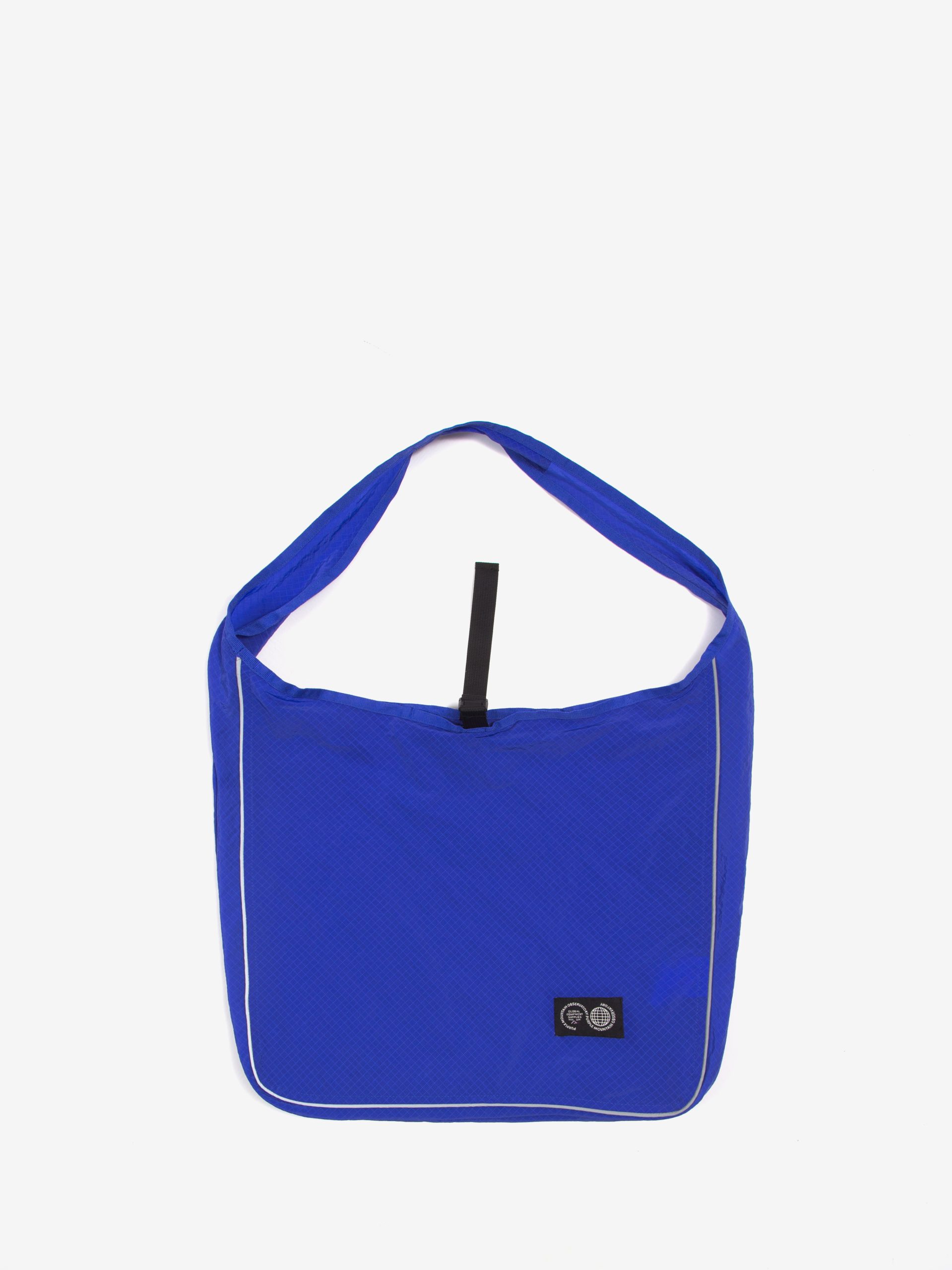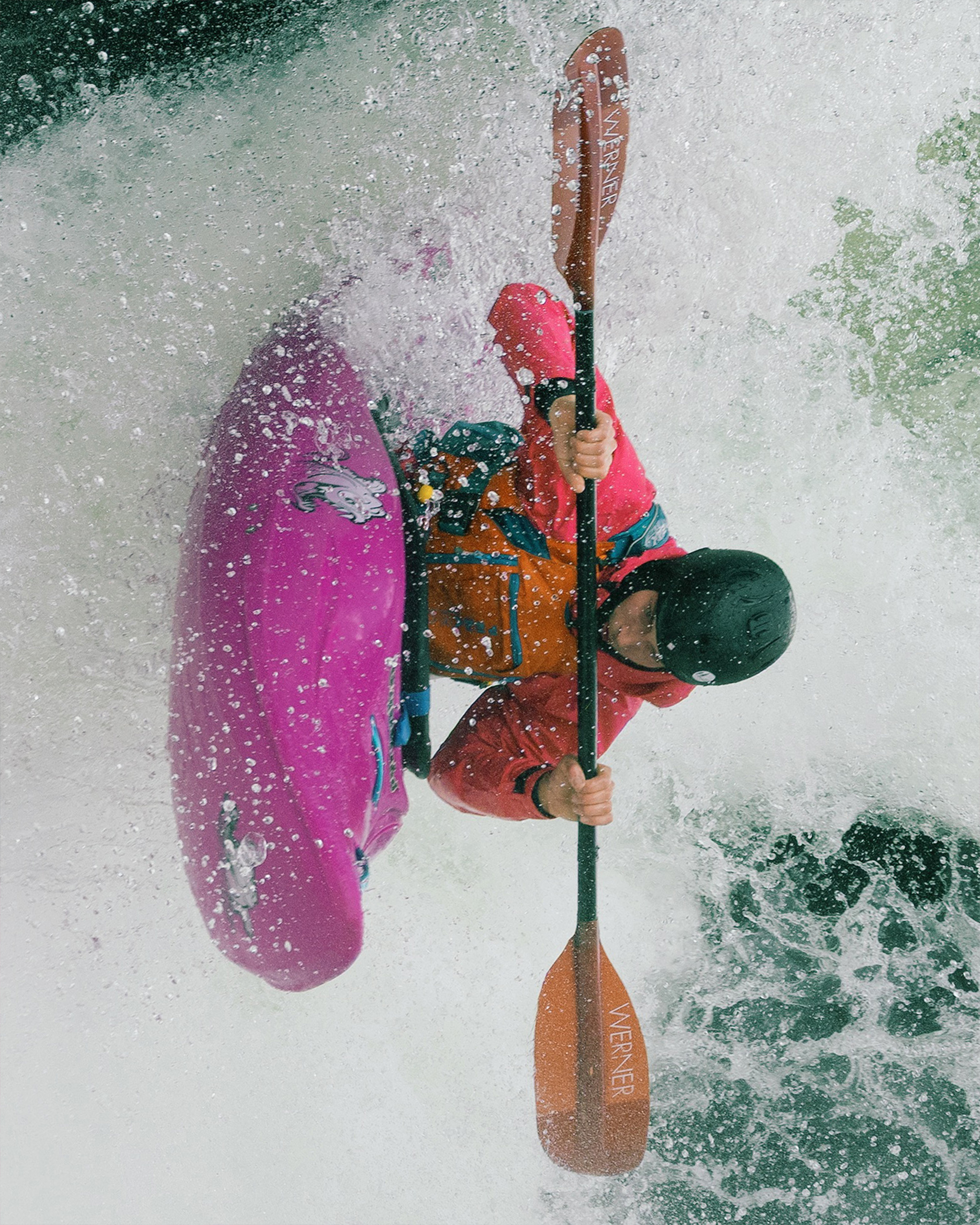COMMUNITY INSIGHTS : ELENA CREMONA
Rock Collector. Nature Lover. Photographer.
The perfect mix of titles to describe Elena Cremona.
Elena is a local, residing in Walthamstow, London – just a stone’s (perhaps a rock’s) throw away from the Purple Mountain Observatory HQ. We first came into contact with Elena, when she reached out before a trip away to Mallorca. Having trained in analogue arts, Elena finds herself documenting moments embodied by the feeling of tranquility, looking at the intimates of life. A sense of tranquility amidst the noise, something we deeply resonate with at PMO.
Originally from Munich, Elena grew up surrounded by the grandeur of the Alps: hiking, skiing, and simply being outdoors. It’s a lifestyle she admits is harder to find in London, and perhaps that’s what makes her work so magnetic, it reaches for something the city tends to forget. Community, intimacy, nature. Her photographs feel like small acts of reclamation, like she’s reaching back into the world to gather the good bits.
So, it only felt right that we sat down with Elena to talk about her practice, her inspirations, and of course, her ever-growing collection of rocks.
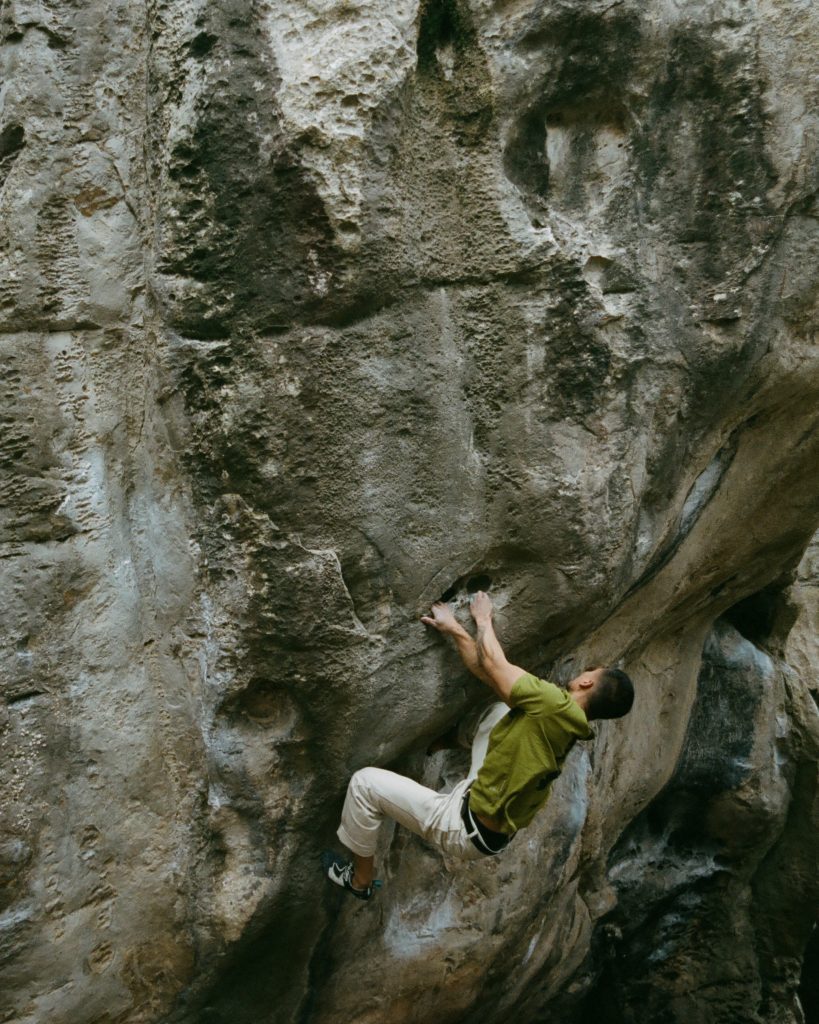
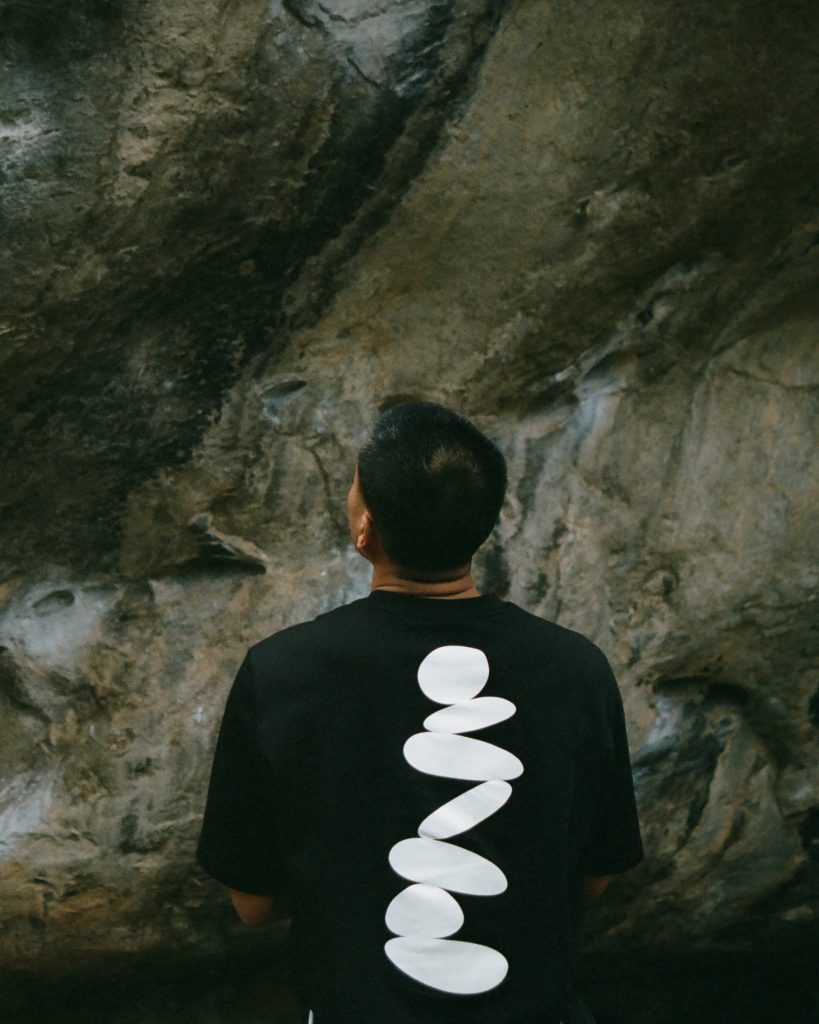
For those who aren’t familiar with your work yet, can you sum it up in a couple of sentences for us?
I capture moments imbued with tranquility, whether through my nature photography, where I focus on sculptural, rock-like forms, or by catching soft, intimate moments between my sitters. My aim is to evoke a sense of calm amidst the chaos of our world.
My images often reflect a gentleness, pride, and authenticity, qualities I strive to bring forward in every piece I create.
You’ve mentioned your rock collection before, how extensive is it? What initially sparked the interest? Is there a favourite rock of them all?
Rocks to me, are little earthworks, like pieces of sculpture created by nature and subsequently imbued with sentimental weight based on where and when I found them/ who gifted them to me. All rocks in my collection speak of the qualities of displacement and longing; of yearning for other places, or past times. They are also testament of my love of the natural world. They are about earth and body, energy both universal and specific, and the way all of this is connected.
I’ve lost count as to how many rocks I have scattered around my house, but my main collection is displayed in my living room, with my favourite rock being one my godfather gifted me (one he got back in the 80s from Yosemite National Park)
What do you think rocks would say if they could talk?
They might either tell stories of all the things they’ve witnessed or they might crack a joke and say ‘I’m stuck between a rock and a hard place’.
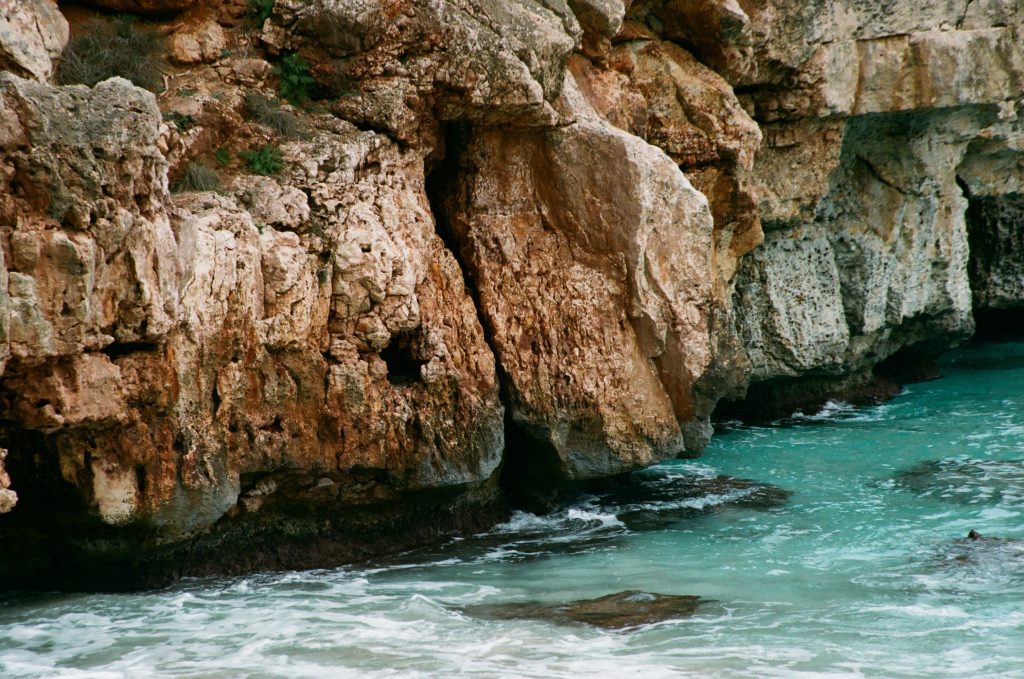
Growing up in the Alps, how has that shaped the way you see green spaces here in London?
Growing up in/near the Alps meant immediate accessibility to nature and a constant presence of it in its rawest form. London really doesn’t cater to landscapes that have qualities of feeling both immense, but also intimate.
I think the vast peaks, quiet forests, moving lakes (even though we all know lakes are technically still waters) have really shaped my sculptural photography eye. London feels more curated, more human-shaped, and although I do really miss the grandeur of the vastness that comes from Nature, I seek it in London for peace, stillness, reflection.
The beautiful thing about Nature is, it always finds its place.
What do you think the city gets wrong about nature—or perhaps, what does it forget?
I think the city often treats nature as something to be managed or contained—boxed into parks, flower beds, or rooftop gardens. While there’s beauty in that, and it is super important to have accessible spaces like that in the city, it can also feel like the wildness, the unpredictability of nature, gets forgotten. There’s a tendency to value nature only when it’s aesthetic or useful, rather than honouring it as something with its own agency and rhythm.
II think one of the big things we humans, collectively, and, in turn, the city, tend to forget is that nature isn’t just a backdrop or a break from urban life, it is life. Even in its quieter, messier forms. The weeds, the moss, the damp, the decay, these are just as much a part of nature as the blossoms in spring. In trying to sanitise or curate it, we miss out on its full story.
Do you ever feel like your photography is a way of returning to somewhere?
Photography, in my personal work, often feels like a form of returning—not necessarily to a single place, sometimes it’s to a former version of myself, a specific feeling, or an emotional landscape that time has blurred. It’s a way of anchoring something that otherwise feels fleeting.
Are there people in your life who’ve shaped your eye, creatively or emotionally?
I think people inspire me on the daily, especially if I am photographing them, but I’d say there’s definitely one person who’s shaped my creative thinking quite drastically.
My friend Ram Vafa (who is an insanely talented artist himself) has really taught me the value of creative expression, of patience, of growth—he’s really pushed me to understand vulnerability as a strength within my work, and has encouraged me to see photography not just as an output, as work, but as a craft, something to nurture and live with, rather than just produce.
A lot of your work carries a strong sense of community, even in quiet moments. Is that intentional?
Intentional, but also intuitive. I am often drawn to the quiet moments that exist between things: between people and between places. Those spaces often carry a deep sense of connection, even when everything appears still or solitary.
I feel like community doesn’t always look like a crowd or a gathering, it’s often more about intimacy, presence, care—these invisible threads that connect us to one another, even when we don’t realise it.
I like to think that when I photograph ‘community’, I am not just capturing, I am holding space for >whatever community feels like in that moment<
Thank you for your time, any last words?
If anyone reading this wants to shoot rocks, hit me up.
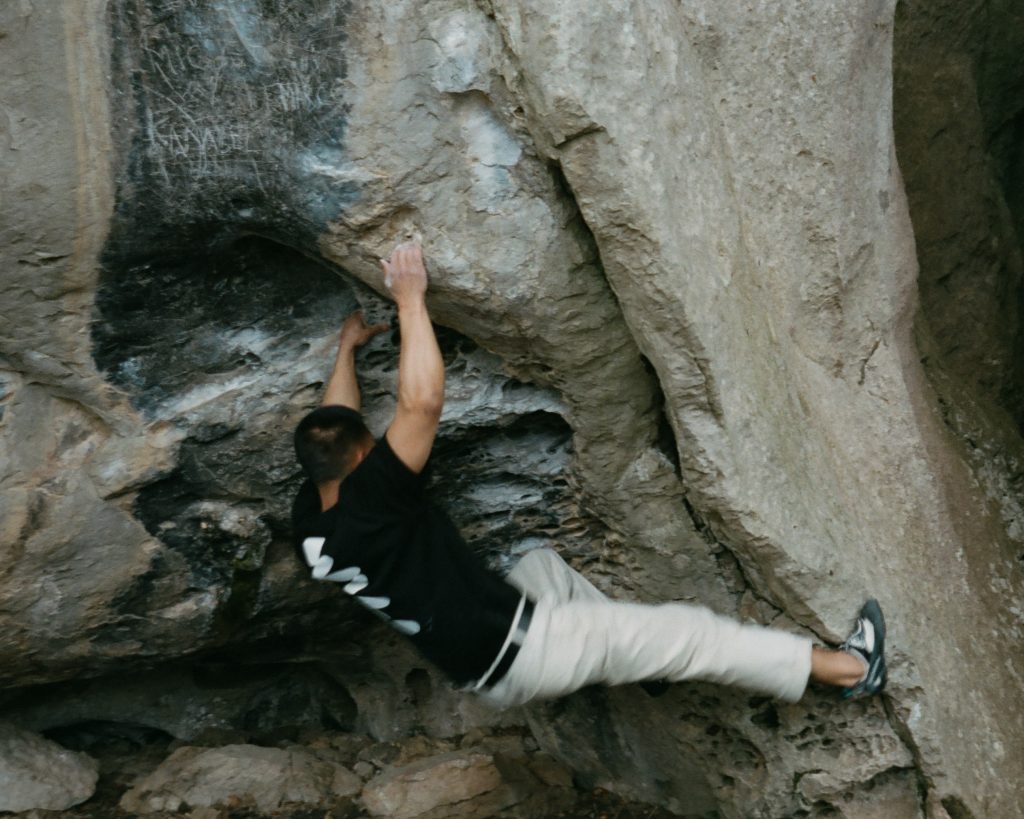
Elena’s way of seeing reminds us to slow down. To notice. To hold space for the small and sacred, whether that’s a weathered rock tucked into a jacket pocket, or a fleeting moment of stillness between strangers.
In a world moving faster by the day, her lens lingers on the things we often overlook. The quiet, the natural, the in-between. We’re in awe of her perspective.
If you see her out in the wild (camera in one hand, rock in the other), say hello. Or better yet, ask her what her favourite one is.
You can see more of Elena’s work by clicking here.
